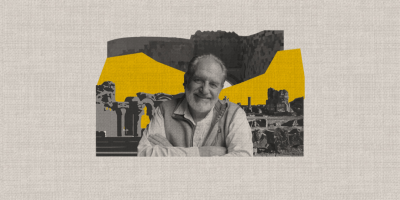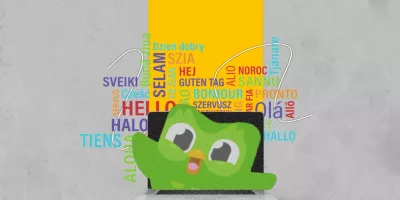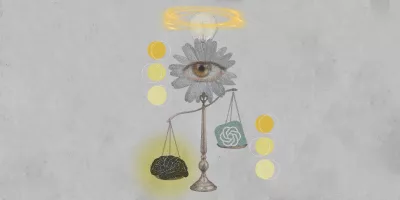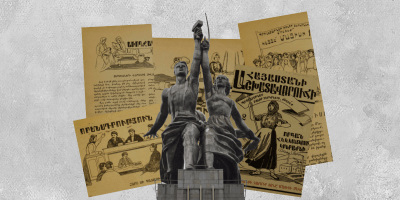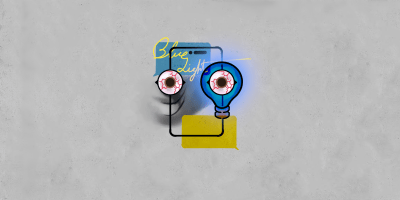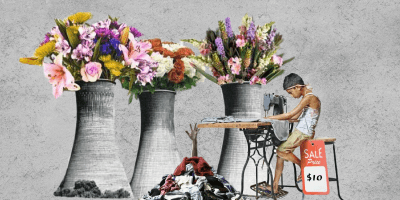
Staying up to date with the world we live in is essential since the events unfolding across the globe can impact us in many ways. However, we do not always encounter news content that is reliable, truthful, and credible, especially in times of uncertainty where our emotions can alter our perspective and lead us to believe false narratives and information.
Dr. Mica Hilson, AUA professor and EC Program Chair, explains, “There’s been quite a bit of scholarly research on how news readers and news viewers get exposed to the same ‘frames,’ which shapes their understanding of a situation and creates certain cognitive biases.”
Moreover, he explains that while reading about a story that corresponds to pre-existing beliefs, we do not question whether it is factual since it meets our expectations. As a result, questioning the story’s source and narrator is crucial because there could be bias, misinformation, and false reporting.
Uncertainty and unforeseen circumstances are inevitable; consequently, we often seek clarity and security by checking the news. “During times of uncertainty, people are looking for updated information more, and sometimes accurate information doesn’t come quickly enough,” Dr. Hilson says. Having said that, it is imperative that journalists fact-check and verify information before it is published.
Acknowledging the overall possibility of misconstructed narratives is essential since, especially in the presence of social media, news travels rapidly, and it can create emotional turmoil. As Narek Ghazaryan, the Chief Communications Officer of AUA, mentions, “Social media allows us to spread information very quickly to large audiences,” he says. “You are able to share stories and posts on Instagram a lot quicker than you would in a newspaper back in the day, so social media really has played a significant role in supporting this fake news information spreading.”
Additionally, Ghazaryan believes that the way news is formulated and delivered results in various reactions from the public. He then shares a vital facet of the media “The role of the press is not to share news, but to have news to share.” Consequently, fact-checking and ensuring the news is credible should be a non-negotiable rule.
Dr. Mica Hilson and Narek Ghazaryan advise being aware of the news’s narrator because many news organizations tend to cater to a specific audience, and that may cause a promotion of a particular perspective. Ultimately, when in doubt, we tend to look for constant updates, which, Ghazaryan explained, can perhaps bring us a sense of hope and security; however, the media may take advantage of the vulnerability of the people and advocate for stories that will generate more responses to their headlines.
However, it is also our duty to question the source and make investigations to draw conclusions. It is important to actively read diverse media outlets to understand their perspectives and views in order to understand their motivation for the constructed narratives. Additionally, engaging in dialogues about critical thinking and media literacy skills helps distinguish factual reporting from false narratives and misinformation.




